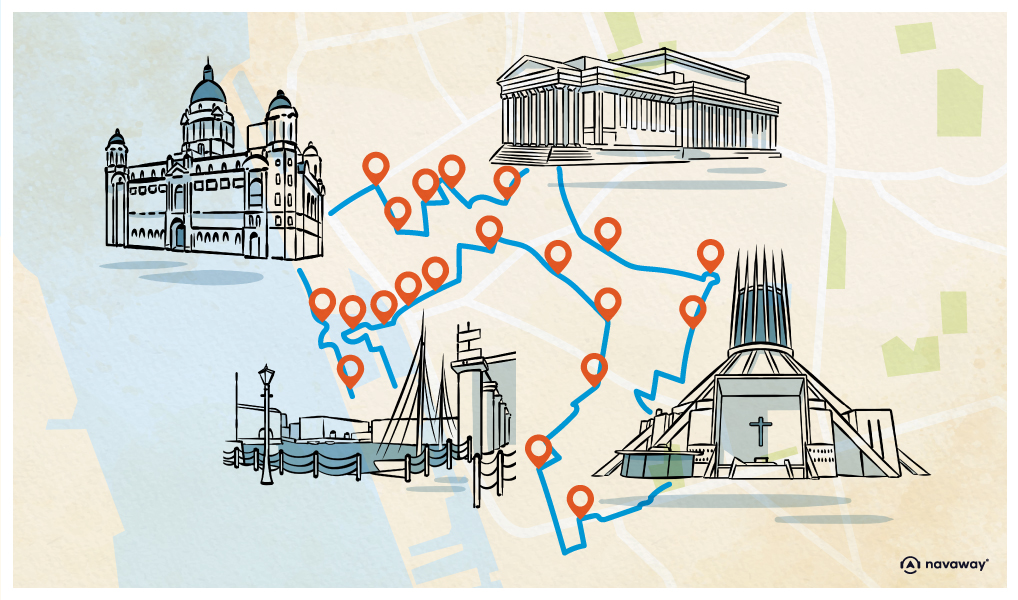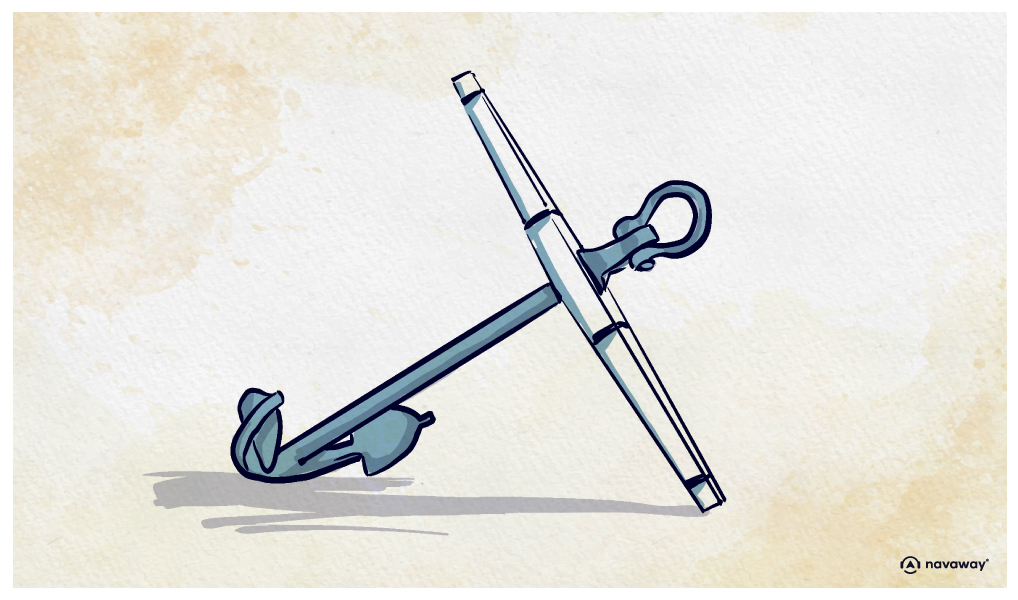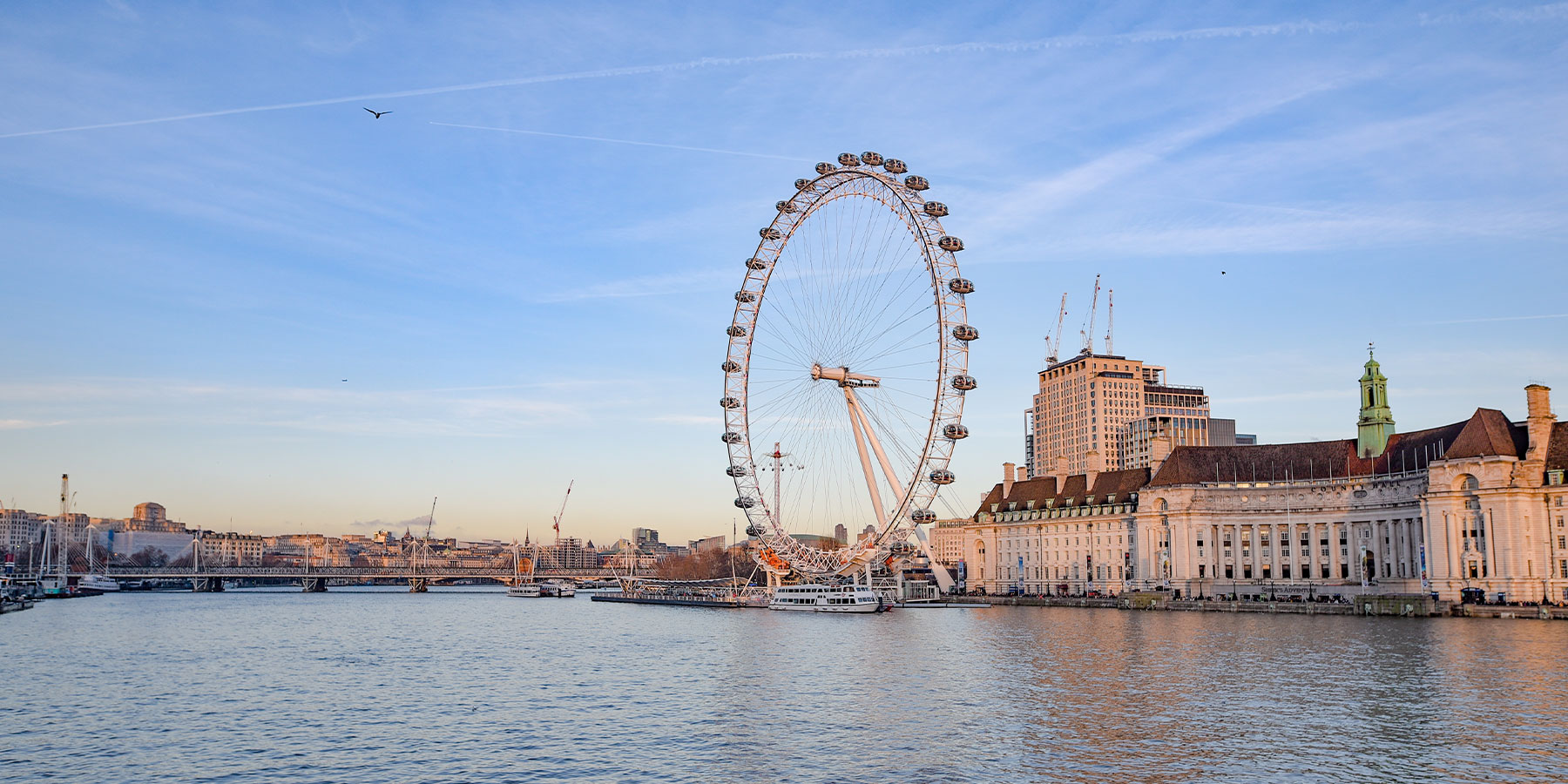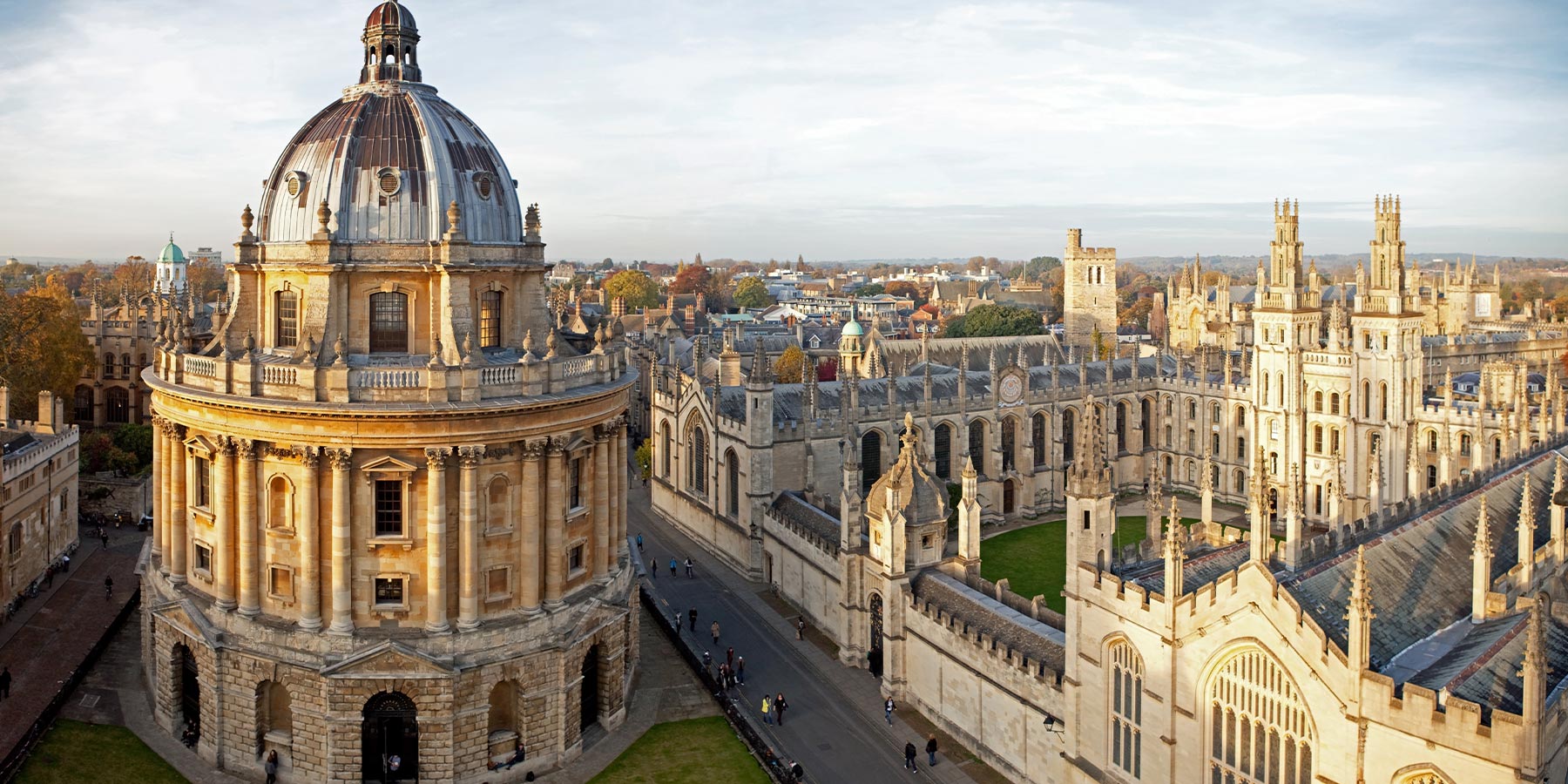
Merseyside maritime museum

This point of interest is available as audio on the tour: Visit Liverpool, The world in one city
This is the Merseyside Maritime Museum. It’s part of Liverpool’s National Museums and was opened in the 1980s. Entry is free, so don’t hesitate to take a quick tour. The museum’s collections will show you the international importance of the Port of Liverpool as a gateway to the world. You’ll learn about its role in merchant shipping, the Titanic’s story, as well as the history of customs and borders. As Liverpool also played a major role in the slave trade, a new museum solely dedicated to this subject opened its doors in the early 2000s. Covering more than just the history of slavery, it also offers hindsight on the before and after through the culture of West African populations, as well as the ongoing repercussions and racism that persist through the centuries. It is evident that the city’s ability to afford docks at the height of modernity in 1846, and had one of the wealthiest ports on the planet, essentially stemmed from the triangular trade. In the 18th century, the Port of Liverpool could already accommodate 100 ships, and its strategic position allowed it to receive manufactured goods from all over England. The city’s merchants also worked with London and Amsterdam, where they obtained silk and cotton drapery from India or Asia and other luxury goods. All these products were sent to be sold in the colonies, and for the less luxurious ones, to be exchanged in West Africa for men who would be enslaved in the cotton or sugar cane productions of American settlers. The ships then returned loaded with these exotic and highly sought-after new commodities such as sugar, coffee, tobacco, or precious wood. In the early 1790s, the Port of Liverpool accounted for 80% of slave traffic in Britain and nearly 40% in Europe. Every year, around 130 ships left Liverpool for America via Africa. The city thrived, and the port experienced its golden age. All of Liverpool’s elite were involved in this trade as lucrative as it was global. But in 1807, Britain banned the slave trade, without, however, banning slavery itself. The port didn’t suffer too much, continuing its trade with the Americas and shifting towards passenger transport. Between 1830 and 1930, more than 9 million migrants, from Scotland, Ireland, Sweden, Norway, etc., arrived in Liverpool to board ships that would take them to a better life in the United States or Australia. Many Irish, fleeing the famine in their country, eventually stayed in Liverpool, and the Irish heritage is still very present in the city. But it wasn’t just a departure port. Many people also disembarked in Liverpool from the colonies. This influx led to the formation of Indian, Chinese, and Caribbean communities, making Liverpool the first multicultural city in Britain.


Discover Liverpool with app
An interactive guide through the most beautiful streets, squares, and districts
25 fun audioguides full of historical facts, anecdotes, and legends




Comments